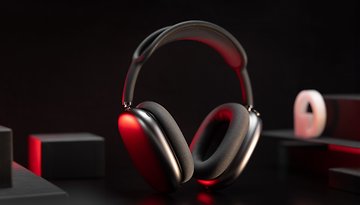Sony WF-1000XM3: In-ear headphones for peace of mind with ANC


The over-ear model is one of the best headphones on the market, now Sony is following suit with the in-ear version. The Sony WF-1000XM3 is here - and costs quite a bit of money.
The Sony WH-1000XM3 has a famous active noise canceller, and that's now available one size smaller. The new True Wireless headphones from Sony not only have almost the same model name, but also the same dual noise sensor technology for noise reduction as the large model.
The processor in the headphones is called QN1e and processes audio signals in 24 bits. In addition to the DAC, an analog amplifier is also available to significantly improve the sound. A Digital Sound Enhancement Engine HX (DSEE HX) is responsible for getting the most out of the compressed digital music files used by most streaming providers. According to the manufacturer, Sony's True Wireless headphones have a frequency response of 20 - 20,000 Hz and sampling via Bluetooth takes place at 44.1 kHz.

The battery life of headphones generally depends on various factors, such as the type of music, the volume, the distance between the two Bluetooth devices, and the noise suppression. If the latter is switched on, Sony promises a battery life of 6 hours with one charge. The case can fully charge the in-ear headphones three times, giving you a total of 24 hours of music enjoyment - plus pauses between charges. Without ANC, the runtime will be somewhat longer. The case has an NFC chip built in and is loaded via USB-C.
How much does the Sony WF-1000XM3 cost?
The Sony WF-1000XM3 are no bargain. Those who want to buy the headphones have to pay a proud price of 249 euros, at least in the RRP. The colours available are black and silver. Whether the new headphones are worth all the money, they still have to prove in the test. The Cambridge Audio Melomania 1 and the Samsung Galaxy Buds, for example, currently prove that things are going quite well even at a lower price.
Do you use wireless headphones? And are you more into in-ear or over-ear?



















